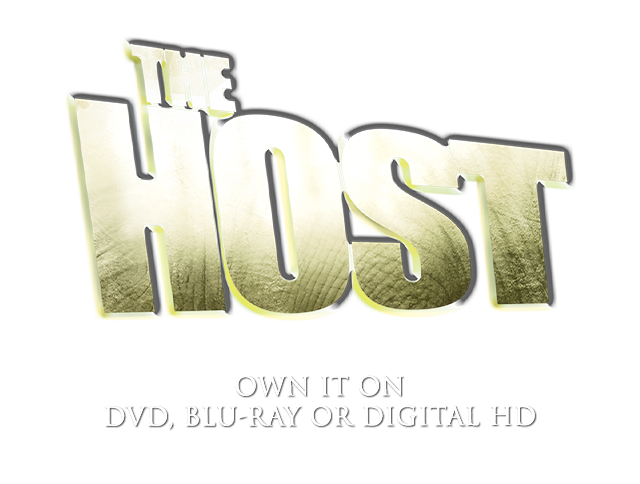




Gang-du (SONG Kang-ho) works at a food-stand on the banks of the Han River. Dozing on the job, he is awakened by his daughter, Hyun-seo ( KO A-sung), who is angry with him for missing a teacher-parent meeting at school. As Gang-du walks out to the riverbank with a delivery, he notices that a large crowd of people has gathered, taking pictures and talking about something hanging from the Han River Bridge. The otherwise idyllic landscape turns suddenly to bedlam when a terrifying creature climbs up onto the riverbank and begins to crush and eat people. Gang-du and his daughter run for their lives but suddenly the thing grabs Hyun-seo and disappears back into the river. The government announces that the thing apparently is the Host of an unidentified virus. Having feared the worst, Gang-du receives a phone call from his daughter who is frightened, but very much alive. Gang-du makes plans to infiltrate the forbidden zone near the Han River to rescue his daughter from the clutches of the horrifying Host...
STARRING:
SONG Kang-ho
BYUN Hee-Bong
PARK Hae-il
BAE Doo-na
KO A-sung
DIRECTED BY:
BONG Joon-Ho
WRITTEN BY:
BONG Joon-Ho
Won-jun Ha
Chul-hyun Baek
PRODUCED BY:
CHOI Yong-bae







